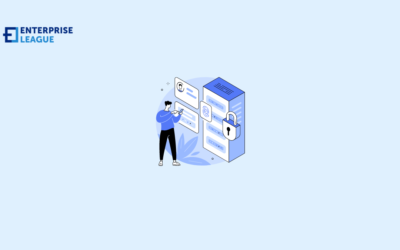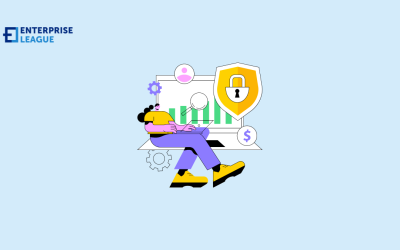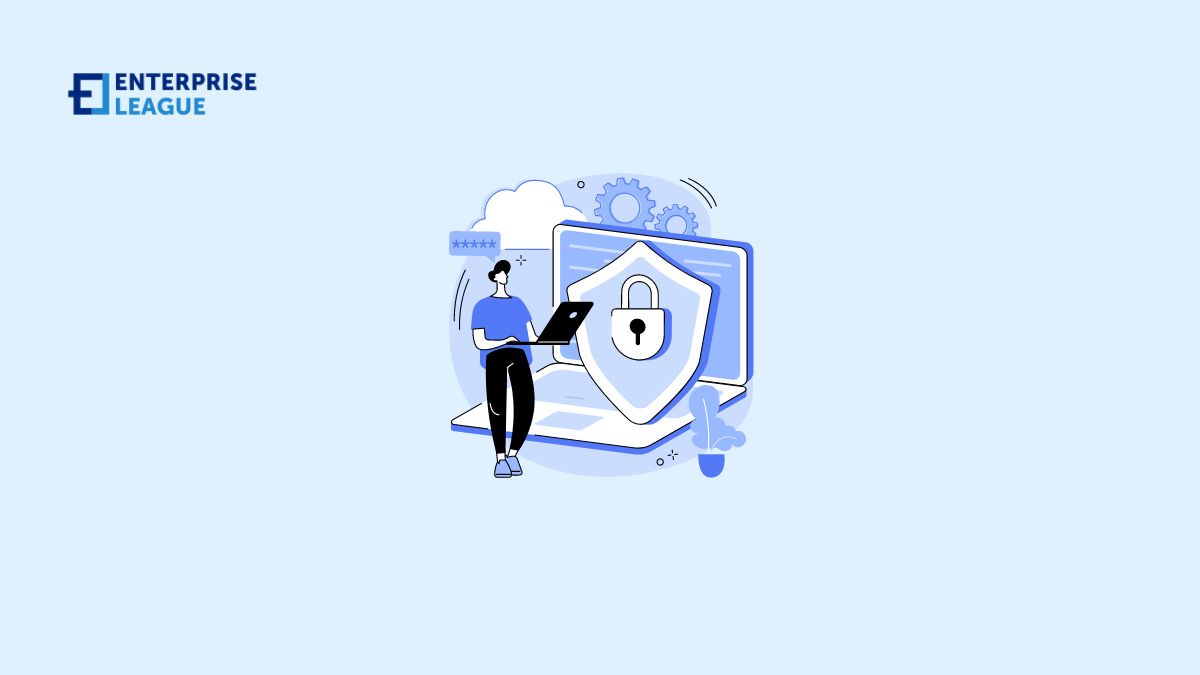Running a restaurant requires following safety standards. One requirement is installing fire protection equipment like fire extinguishers and suppression systems. These help protect your employees, customers and assets in case of an emergency. Learn which...

5 benefits of managed cloud services for your business
With the increasing dependence on technology for operations, data storage, and scalability, many businesses are turning to managed cloud services to streamline their IT infrastructure.
From cost savings and enhanced security to improved performance and scalability, managed cloud services offer a multitude of advantages that can transform the way your business operates in today’s dynamic and fast-paced business landscape.
In this article, we will cover five compelling benefits of incorporating managed cloud services into your business operations, which can empower your business to excel in the digital era.
Benefits of managed cloud services
Although transitioning to the cloud does not automatically guarantee data security, it can present your business with cost-effective and high-performance solutions that can augment your IT capabilities. Here are the 5 benefits of incorporating managed cloud services into your business.
Improve your system reliability
The beauty of cloud infrastructures is that redundancies rarely occur. For instance, your cloud host could lose some infrastructure, but because of system upgrades, it just rolls over to the next, keeping your business up and running. The cloud architecture guarantees your system’s reliability.
In contrast, the performance of the system is contingent upon the operational requirements of your business, allowing scalable adjustments as needed. However, such efficiency is only attainable depending on your contracted vendor for managed cyber security services. Thus, ensure you hire qualified and expert service providers.
Save on operational costs
With managed cloud services, you can save on operational costs and expenditures. Additionally, with time, they depreciate from wear and tear. For instance, you can lose your hard drive to theft. If such occurrences happen, they may result in downtime or extra costs for replacing the physical infrastructure.
With managed cloud services, all the costs related to monitoring your systems are consolidated into monthly or annual fees. That arrangement makes predicting your cloud management costs easy.
Cybersecurity support
Cybersecurity protects your cloud computing systems, software, and network from cyber threats. If your systems are under attack, you might experience severe losses that can cripple your business. Thus, you can benefit significantly from the extra expertise of your service providers.
Here are some of the cybersecurity support services that can benefit your business:
- Network security: Most cyber-attacks occur over the network. These can include data loss, unauthorized access, and control. Network security is designed to block such threats. Service providers can install network analytics, such as threat hunters, to clean the network for potential threats.
- Cloud security: As your cloud computing practices increase, you should prioritize cloud security. It involves cloud security solutions, controls, and policies to control cloud operations.
- Endpoint security: You can secure your employee devices and gadgets against threats or hackers’ infiltration. The endpoint security guarantees end-user security on work equipment like laptops and desktops.
- Internet of Things (IoT) security: Surfing the internet can expose your organization to frequent cyber-attacks. Thus, IoT security protects your devices from hackers and fraudsters.
Hackers work day and night to improve their skills to tamper with business systems. Thus, it’s essential to have a cyber security strategy for your cloud services.
Provision of corporate data security
The most significant concern with cloud services is the risk of exposing corporate data to hackers. If your clientele becomes aware of any security incidents, it could result in reputational damage and loss of trust. Hence, prioritizing robust data security measures is crucial for the success of your business.
Managed cloud services ensure strict monitoring of your network and systems. Your service providers can trace cyber threats early enough to take precautions. As a precautionary measure in the event of a security breach, it is possible to set up a backup data center to function as a contingency plan, such strict measures ensure you don’t lose vital data.
Other data center practices include:
- Biometric access controls
- Multi-layered security protocols
- Minimum security standards
- Zoned cards
Note that even with all the security controls, it’s best to upgrade your cloud services periodically. Otherwise, your system can become outdated, thus exposing you to cyber attacks.
Managing disaster recovery
Cyberattacks can bring your business to a halt, but you can bounce back and take your business right on track. In such cases, managed cloud services are excellent disaster recovery strategies.
Most service providers provide backup plans, facilitating business continuity and reducing downtime. It ensures you recover your data as soon as possible, and it helps contain the effects of the attack. Fortunately, once you manage to retrieve your data, you can resume business.
Conclusion
By embracing managed cloud services, you can position your business in a higher position in today’s rapidly changing business environment and set it up for innovation and expansion.
More must-read stories from Enterprise League:
- How successful local businesses can give back to the community.
- Common hiring mistakes that employers make and how to prevent them.
- Why hiring millennials might be the best decision you can ever make.
- Find out how to get more customers for your business in a unquie way.
Related Articles
Who Has the Best Service for Fire Protection Extinguishers and Restaurant Suppression
Can I buy warehouse automation equipment in Virginia?
Automating warehouse operations can significantly improve a business's quarterly performance. Team members get valuable support, and customers enjoy better order experiences. Business owners in any industry can find warehouse automation equipment in Virginia to...
Bitcoin vs. Stablecoins: Which Is Better for Everyday Transactions?
Everyday payments should be simple, fast, and cheap. Cryptocurrency promises that, but not all coins are built the same. This article breaks down bitcoin vs. stablecoins so you can pick the right tool for daily use. No jargon. Just clear facts and practical tips....
Small Landscaping Businesses Disrupting Industry Giants With Remote Technology
Small yard care and garden maintenance companies have traditionally relied on word-of-mouth referrals and building strong personal relationships with local customers. Now, remote technology is transforming how these small businesses compete with major corporations. By...
How to Plan a Corporate Retreat That Uses Fewer Dollars, More Sense
A team outing can be the perfect way to reward your co-workers for their hard work, but having a nice time doesn't mean you have to break the bank. Fortunately, there are many ways to plan a corporate retreat on a budget. With so many components going into the ideal...



















